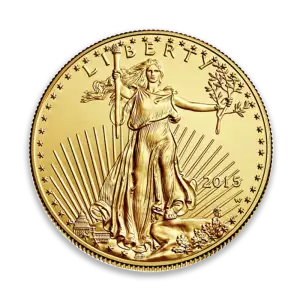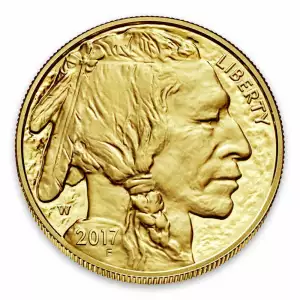World War II had a significant effect on the minting of coins. Because copper was a much-needed metal for the war effort, for the manufacture of shell casings, it was decided that the copper would be eliminated from the United States penny’s composition. The alternative was a one-year only type composed of zinc-plated steel.
While only minted for one year, the United States steel penny was struck in large numbers, much to the dismay of the public. In fact, the coins were so unpopular that the United States Treasury announced during the fall of 1943 that, after December 31, 1943, no more steel cents would be produced, replacing them with cents from the pre-war alloy, except without tin.
The steel pennies were produced in three different Mint facilities: Philadelphia, Denver, and San Francisco. By the end of 1943, a total of 1,093,838,670 of the steel one-cent coins were produced. Following the war, there was a recall of the steel cents from the United States Treasury over the course of the next twenty years. In spite of the recall, the records from the United States Mint indicate that there are over 930 million remaining in circulation.
Collecting steel pennies is considered a novelty among coin collectors, as they can be obtained affordably. A complete set should include an example from each of the three United States Mints, Denver, Philadelphia and San Francisco.
One thing that collectors need to be mindful of is the “reprocessed” coins offered by some national dealers. The rust-prone nature of the steel creates corrosion in some of the coins, leading some to strip them of their original zinc coating and replace it with a fresh layer of zinc. Although these pennies may look shiny and new, thay are numismatically worthless.













